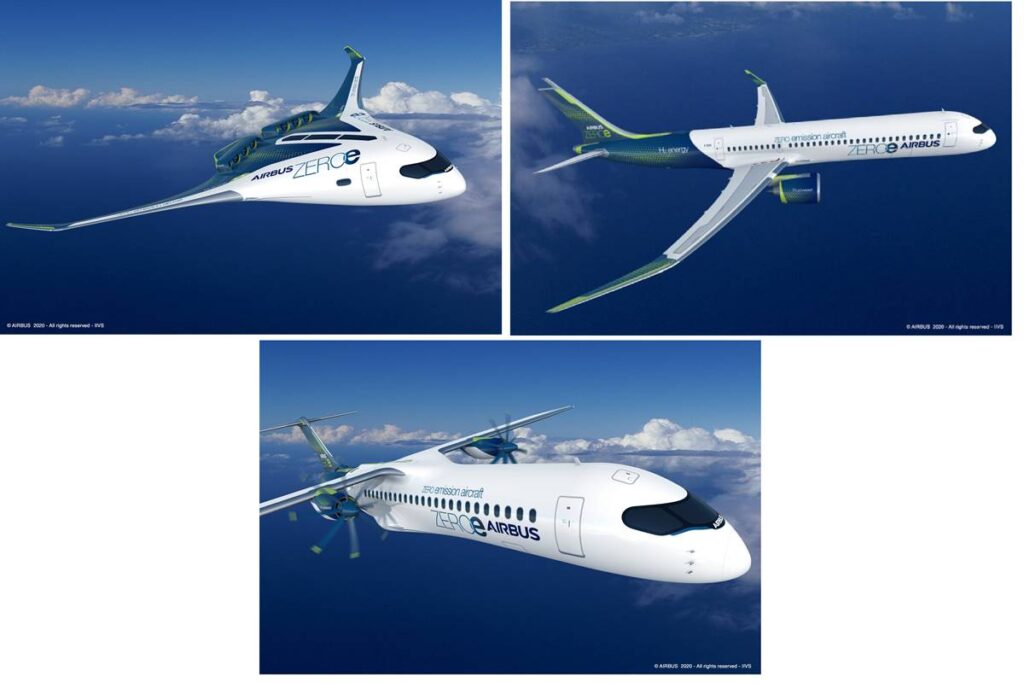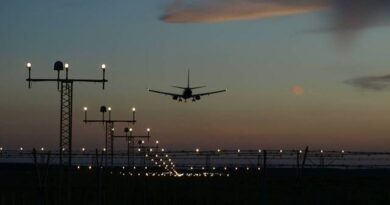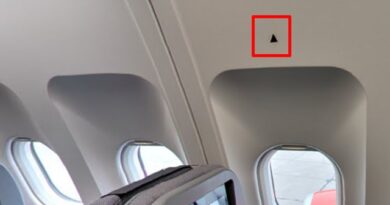The Environmental Impact of Aircraft since 2000: A Comprehensive Analysis
As the aviation industry has experienced rapid growth since the turn of the millennium, concerns about the environmental impact of aircraft have come to the forefront. This article delves into the various aspects of aviation’s impact on the environment, examining key factors such as carbon emissions, noise pollution, and technological advancements. By understanding these impacts, we can work towards developing sustainable aviation practices for a greener future.
Carbon Emissions and Climate Change:
Since 2000, the aviation industry has been a significant contributor to global carbon emissions. According to the International Civil Aviation Organization (ICAO), aviation accounts for approximately 2% of global CO2 emissions. The steady rise in air travel and freight transportation has led to a corresponding increase in aircraft emissions, exacerbating climate change. However, advancements in fuel efficiency, the use of sustainable aviation fuels (SAFs), and ongoing research into electric and hybrid-electric aircraft promise to mitigate these emissions in the coming years.

Noise Pollution and Community Impact:
Aircraft noise pollution has been a persistent concern for communities living near airports. The expansion of air travel has led to increased noise levels and impacted the quality of life for those residing close to flight paths. In response, aircraft manufacturers have developed quieter engines and implemented noise reduction measures, such as optimized takeoff and landing procedures. Furthermore, airport authorities are working to improve land-use planning and implement noise abatement programs to minimize the impact on local communities.
Air Quality and Emissions Standards:
In addition to carbon emissions, aircraft emit other pollutants that affect air quality. Nitrogen oxides (NOx), particulate matter (PM), and volatile organic compounds (VOCs) are released during aircraft operations. Stringent emissions standards, such as those set by the ICAO, have driven the adoption of cleaner engine technologies and improved aircraft design to reduce these pollutants. Continuous research and development efforts aim to further decrease emissions and enhance air quality around airports.
Technological Innovations:
The aviation industry has witnessed significant technological advancements since 2000, leading to more eco-friendly aircraft. Manufacturers have focused on lightweight materials, advanced aerodynamics, and next-generation engines to improve fuel efficiency. Furthermore, the development of electric and hybrid-electric aircraft shows promise in significantly reducing carbon emissions in the future. These technological innovations are critical for minimizing the environmental impact of aviation.
Sustainable Practices and Policies:
The environmental impact of aircraft has spurred various sustainable practices and policies within the aviation industry. Airlines and airports are investing in renewable energy sources, implementing recycling programs, and adopting carbon offset initiatives to neutralize their emissions. Governments worldwide are setting ambitious targets for sustainable aviation, supporting research and development in green technologies, and encouraging the use of SAFs. Collaboration between stakeholders is essential to promote sustainability and reduce the overall impact of aviation on the environment.
Conclusion:
Since 2000, the environmental impact of aircraft has been a subject of growing concern. However, the aviation industry has made notable strides in mitigating its effects on climate change, noise pollution, and air quality. Advancements in technology, coupled with sustainable practices and policies, are paving the way for a greener aviation sector. By continuing to invest in research, adopting cleaner fuels, and implementing noise reduction measures, we can foster a sustainable future for air travel while protecting the environment.
References:
- International Civil Aviation Organization (ICAO). (2001). Environmental Report 2001: Aviation and the Environment – Our Vision for Sustainable Development. Retrieved from [link to ICAO website].
- Lee, D. S., et al. (2009). Aviation and global climate change in the 21st century. Atmospheric Environment, 43(22-23), 3520-3537.
- U.S. Environmental Protection Agency (EPA). (1999). Inventory of U.S. Greenhouse Gas Emissions and Sinks: 1990-1997. Retrieved from [link to EPA website].
- United Nations Environment Programme (UNEP). (1999). Aviation and the Global Atmosphere. Retrieved from [link to UNEP website].
- Federal Aviation Administration (FAA). (2001). Airport-Related Environmental Impacts: Inventory and Comparison of Assessment Techniques.
Further academic paper: https://www.sciencedirect.com/science/article/abs/pii/S1352231005004838



